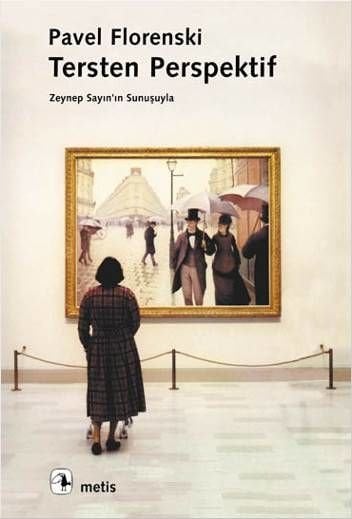
Reverse Perspective
Close your eyes for a moment, then open them. Your eyes present a picture that puts you at the center: distant things become smaller, objects in front cover those behind them, horizontal lines that recede become closer to each other. This is a habitual perception. We automatically accept that every person sees it this way. A work of art is expected to imitate this perception of ours. Many paintings transform our perception into a law and represent objects and spaces in accordance with perspective. In a beautiful painting, we check whether the perspective is followed, or we look for conformity to the perspective while expecting children to draw more beautiful paintings.
This is exactly what Florensky's 1920 text questions. Is the perspective as "natural" as we initially assume? Did those who made Byzantine icons or Egyptian reliefs really not know perspective or were not able to do it? When, why and how did perspective, as a way of seeing, become a law?
What is the meaning of this text from the beginning of the 20th century? What might it mean for us here, today? We are publishing Reverse Perspective with Zeynep Sayin's presentation that examines this.
Number of Pages: 143
Year of Printing: 2013
Language: Turkish
Publisher: Metis Publishing
First Print Year: 2000
Number of Pages: 143
Language Turkish
| Publisher | : | Metis Publishing |
| Number of pages | : | 143 |
| Publication Year | : | 2013 |
| ISBN | : | 9789753423052 |
| The heart | : | Turkish |


